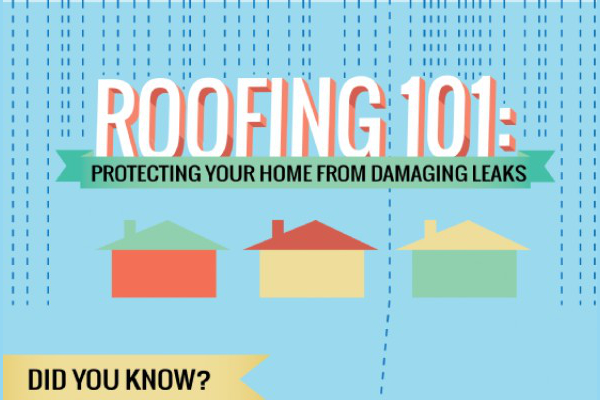When it comes to your roof, the weather plays a crucial duty in its total health and lifespan. You may not recognize just how rainfall can bring about leakages or just how hefty snow can stress the framework. Also the sun's relentless rays can deteriorate your roof materials in time. It is essential to recognize these effects, yet what can you do to shield your roofing from the components? Discovering visit my home page and material selections could be key to ensuring your roofing stands strong versus whatever Nature throws its way.
Impacts of Rain on Roof covering
Rainfall can be a silent adversary to your roofing, triggering both instant and lasting damages. When water permeates into cracks or gaps, it can lead to leaks, which may not show up today. You might observe a tarnish on your ceiling, yet already, the wetness might have already endangered your roof structure.
With time, constant exposure to rainfall can compromise roof products. Shingles might warp, crinkle, or even degenerate, leaving your home prone to additional water breach. Mold and mildew and mildew grow in moist conditions, which can jeopardize your indoor air top quality and bring about health problems.
Standing water on your roof can also cause serious problems. It adds unnecessary weight, enhancing the risk of structural failure. And also, it can increase the degeneration of your roof materials, making replacements much more regular and costly.
To secure your roofing, guarantee your gutters are clean and functioning properly to divert rain away. Normal examinations can assist you catch possible issues before they escalate.
Taking these actions now can conserve you time and money in the future, maintaining your home secure and dry.
Impact of Snow and Ice
When winter months shows up, snow and ice can pose substantial risks to your roofing, just like rainfall. Collected snow can be rather hefty, and if it does not slide off, it can develop a hazardous lots that your roofing mightn't have the ability to sustain. This pressure can cause drooping, leaks, or even structural failing.
Ice can additionally cause issues, particularly with ice dams. When snow on your roof covering thaws, it can stream down and refreeze at the eaves, creating a dam that protects against correct drain. Water then supports under roof shingles, causing leaks and water damages inside your home.
To protect your roofing system, it's important to maintain rain gutters free from particles, enabling appropriate drain. Regularly evaluating your roofing system for indications of wear and damages can aid catch problems early.
If you observe a considerable quantity of snow, take into consideration hiring a specialist to remove it safely. Keep in mind, it's much better to be proactive regarding snow and ice than to manage pricey fixings later on. Taking these actions can help ensure your roofing system holds up against the winter season without major concerns.
Sunshine and Temperature Difficulties
While you might take pleasure in bright days, prolonged exposure to sunlight and extreme temperature levels can be destructive to your roof. UV rays can break down roofing products in time, causing warping, cracking, or fading. If your roof's roof shingles are made from asphalt, they may come to be brittle under intense heat, making them much more vulnerable to damages.
In addition, heats can increase the threat of thermal expansion. As materials increase during the warm of the day and contract during the night, this constant cycle can create stress on your roof, possibly creating leakages or various other architectural problems.
You may also notice boosted energy costs as your air conditioning system functions more challenging to fight warm buildup in your attic.
It's vital to select roof products that can endure your neighborhood climate's temperature level changes. Light-colored or reflective roofing can help reduce heat absorption, while appropriate ventilation in your attic can preserve a well balanced temperature level.
Regular examinations and maintenance can likewise catch issues early, ensuring your roof remains in ideal problem. By remaining proactive, you'll shield your financial investment and prolong your roof covering's life-span regardless of the obstacles postured by sunlight and temperature extremes.
Verdict
In conclusion, understanding just how weather condition affects your roof is vital for preserving its stability and long life. Rain can lead to leaks, snow and ice can develop hefty loads, and prolonged sun direct exposure can trigger materials to break down. By remaining aggressive with normal upkeep and choosing the appropriate materials, you can safeguard your roofing system from the elements. Remember, https://edgarokfau.theisblog.com/33445197/a-newbie-s-overview-of-how-climate-impacts-your-roof maintained roof not just improves your home's worth however additionally keeps you safe and comfortable for many years ahead.
